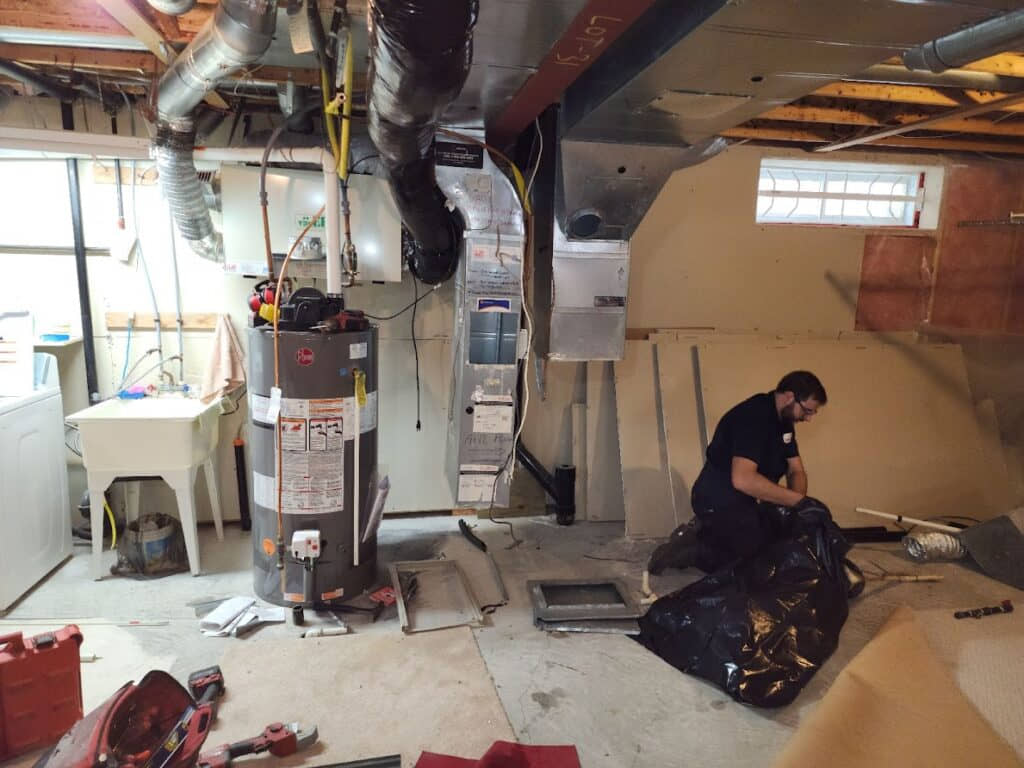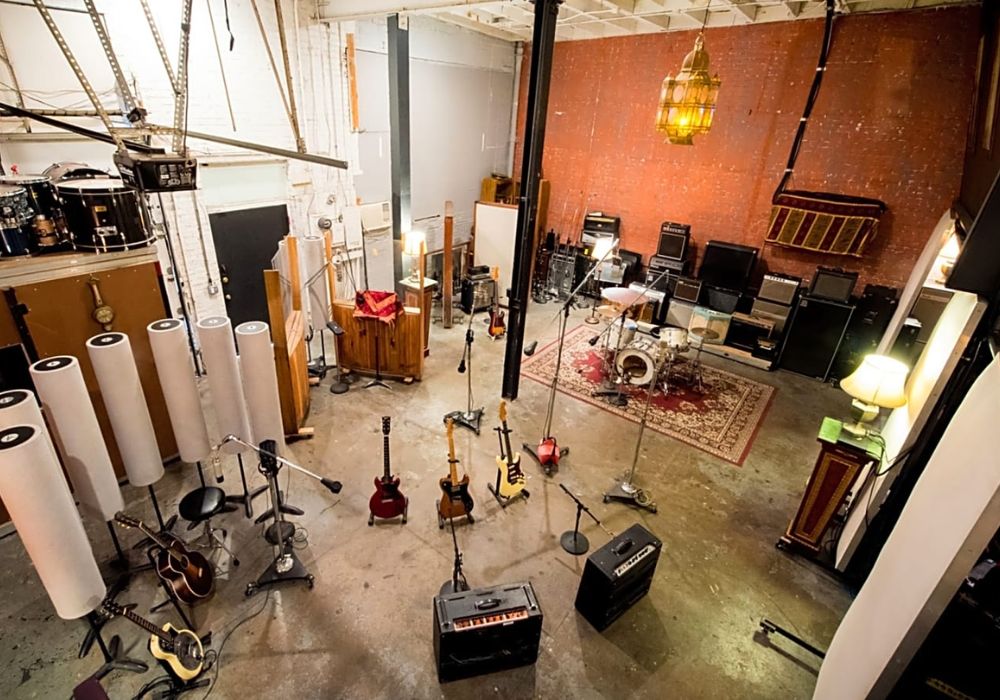As a landlord, it is important to properly maintain rental properties to attract new tenants and comply with regulations. This includes deciding when is the appropriate time for repainting. While landlords are not always legally required to paint between tenants, there are good reasons why many choose to do so. In this article, we will explore the question of whether landlords are required to paint between tenants.
Are landlords required to paint between tenants?
In most cases, landlords are not required by law to paint their property between tenants. As long as the interior paint is in habitable condition and meets safety standards, such as not containing lead, landlords can choose to leave the paint as is when a new tenant moves in.
Laws only require landlords to repaint in some specific jurisdictions, like in rent-controlled communities in New York City where painting is mandated every three years. However, unpainted walls can make it harder for landlords to attract desirable tenants. Many landlords opt to paint units during vacancies for marketing purposes and to make a good first impression.
How long should paint last in a rental property?

A professional paint job is estimated to last between five to ten years with proper upkeep and care. However, many factors influence paint lifespan. Quality paint holds up better than cheaper varieties. Environmental conditions also play a factor - areas with excess sun or moisture exposure may require more frequent repainting.
High traffic areas see quicker wear compared to less used spaces. Tenants' lifestyle and cleaning habits can extend or reduce time between paint jobs. In practice, landlords often repaint rental units every three to five years to ensure aesthetically pleasing walls for new tenants.
Related: Can I Be Evicted For Painting My Apartment?
What is considered normal wear and tear on paint?
Moderate scuffing, fading, or minor wall damage that occurs over the standard length of occupancy is deemed normal wear and tear by landlord-tenant laws. This degree of paint deterioration does not need to be repaired by tenants before moving out.
Peeling or chipping paint, extensive marks, or new stains or holes caused by non-standard uses would exceed reasonable wear and tear. Landlords are within their rights to deduct corresponding repair costs from security deposits. Tenants are responsible for any damage beyond normal wear over the regular time period of their lease.
Should landlords allow tenants to paint units?
Whether landlords permit tenants to paint rental properties depends on the lease terms. Most disallow alterations without permission due to potential poor work quality and undesirable color choices that are difficult to change. However, some landlords grant approval case by case.
Long-term leases are more conducive to allowing personalization through painting. Restrictions on acceptable paint colors or retaining qualified painters are common if tenants can paint. Most opt not to let tenants change wall decor to avoid conflicts and maintain consistent property standards.
What types of paint are best for rental properties?
Landlords generally use durable paints formulated for high traffic areas. Satin and semi-gloss finishes hold up well to frequent washing and scuffing. Glossy varieties are best for trim, doors, and windows for easy cleaning. Eggshell and flat paints work well in low traffic zones.
Zero or low VOC paints release fewer air pollutants. Neutral tones like white and light gray accommodate future tenants' decorative preferences and show less dirt accumulation than darker shades. High-hiding paints require fewer coats to fully cover existing colors for a cost-effective application.
Should touch-up painting be allowed between coats?
Many landlords prohibit tenants from performing their own minor paint touch-ups to repaired nail holes or scuffs between full professional painting cycles. Independent brushwork may not match the original paint color or sheen. However, some landlords supply paint chips and permits for small tasks.
As long as the finished product is indistinguishable from surrounding areas, tenants improve the unit. Most rental agencies schedule professional touch-up painting during annual unit inspections to ensure cohesive decor and catch repairs before each change of occupancy.
How can landlords maximize rental income when repainting?
Repainting at turnover gives properties a fresh, like-new impression for prospective tenants and justifies higher rents. Scheduling with a vacated unit streamlines work. 'Neutralizing' colors appeases diverse tastes. High-quality satin paint resists stains and extends the repaint cycle.
Touching up at annual inspections prevents unnecessary full repainting. Striking the right balance of aesthetics and affordability maintains rental yield year after year. Proper paint maintenance underscores a landlord's commitment to quality housing and stable income.
Conclusion
In summary, while landlords are typically not legally obligated to paint between tenants, repainting at turnover provides various benefits. It improves curb appeal for attracting desirable renters who are willing to pay higher rents. Painting also protects walls from long-term damage. With smart paint choices and a scheduled maintenance plan, landlords can keep units beautifully maintained for maximum rental profits long into the future. Regular upkeep of this aesthetic element scores points with tenants too.





